What is theater? For most people it’s live performance, whether solo or in a troupe. Punchdrunk, the immersive theater company led by Felix Barrett, is not most people. Take its latest iteration now on at the Shed: Viola’s Room features no real-time actors. There is no stage and no seated audience.
In this creepy gothic fairy tale, the story is narrated through headphones; the audience moves (sometimes walking, sometimes crawling) through a maze of spaces and the senses – including touch, smell, sight and sound – are as central as the script.
Viola’s Room is intimate, small and contained. Every detail, every sound, every object feels intentional. Indeed, much of what makes Viola’s Room so beguiling is the rare sensation of giving up control. The audience is restricted to just six people per show and instructions must be followed exactly. Upon entering, we are told to take off our shoes and socks at the entrance (spray is kindly provided to sanitize sweaty feet) and to leave our phones in marked boxes. Once inside the space, headphones on, we are ordered to, “follow the light,” no matter what.
A large part of the success of Viola’s Room is how primordial it can feel. The experience is analog
We enter a teenage girl’s bedroom from the 1990s; the radio plays hits from the era, such as Seal’s “Kiss from a Rose,” and paraphernalia of adolescence (posters, fairy lights, soft toys, floral wallpaper) create a palpable sense of nostalgia. We are instructed to lie down, as if at a sleepover, and we listen to the start of what seems to be a strange, peculiar fable. Soon, we’re asked to crawl through a tent to another room – and so the journey begins. Based on The Moon-Slave, a 1901 short story by English horror writer Barry Pain, Viola’s Room tells the story of an orphaned princess who searches for respite from her looming wedding day by traveling through a moonlit maze.
In this reincarnation (fleshed out by writer Daisy Johnson) the fabulous Helena Bonham Carter narrates. She serves as an uncanny guide, recounting the story in a hypnotic whisper that verges on the soporific. The tone is fitting given that Viola’s Room reads like a dream. Or maybe a nightmare.
I won’t spoil the magic by revealing anything too specific. But I will say that aromas play a big part, as does the unspooling labyrinth of spaces. Much of the journey takes place in dark or in dimly lit rooms, where all I had to lead me were different scents or the ground beneath me (sand, say, or soft carpet). Barrett emphasizes order and ritual – and also a sense of catastrophic chaos as Viola’s carefully orchestrated world unravels – and we witness signs of her own unraveling within it.
The story itself is dripping full of the heartache and rebellion of girlhood, but in the case of this lonely princess, the stakes are higher than for the typical teenager. Simmering underneath, always suggested and never explicitly stated, is a loss of innocence and a fear of intimacy. At one point, white nightdresses hang from the ceiling; at another, spoiled satin ballet shoes, suggesting virtue gone awry. The hawthorn tree, a Celtic symbol of fertility, features prominently – although here, its looming presence seems to signify destruction more than it does life.
A large part of the success of Viola’s Room rests on how primordial it can feel. The experience is deeply analog. To fully appreciate it, try to lead the group you are with, rather than follow it. The feeling of venturing into the darkness at the head of the group is daunting, exciting and scary; I had to turn back repeatedly to reassure myself the others were there.
Still, there is something beautiful in the half-conscious state where Punchdrunk takes you: the 1990s bedroom seems to contradict the story about a lost princess and yet it makes sense, in the way dream logic does – this is a fantasy, a vision, a hallucination, not reality. So much of what makes it disconcerting – there are no real scares, more an impending sense of doom – is not knowing what comes next. It’s a sensation that stayed with me long after I had left the room.
This article was originally published in The Spectator’s September 29, 2025 World edition.



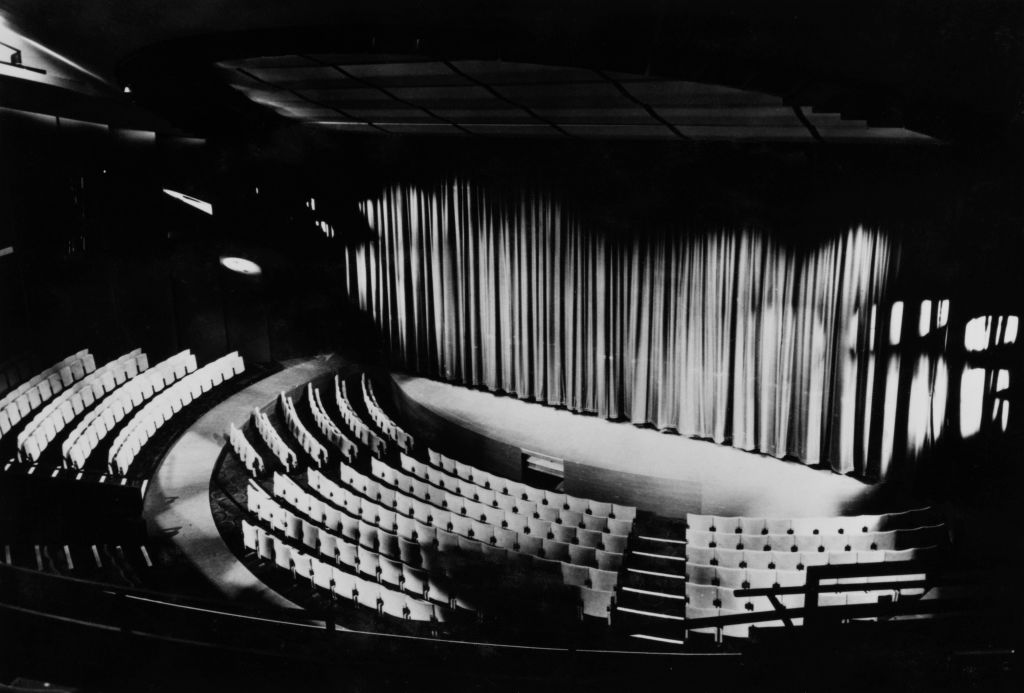






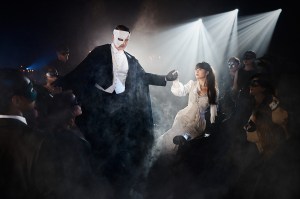

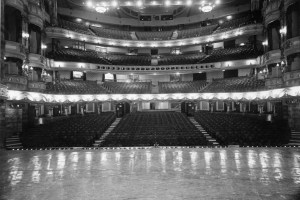

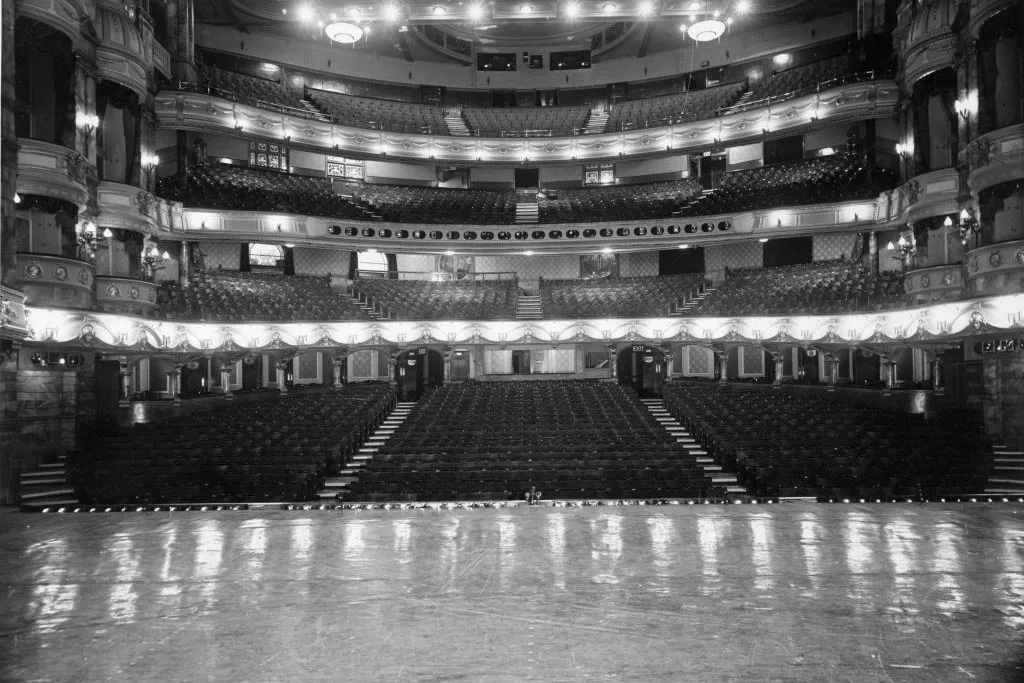
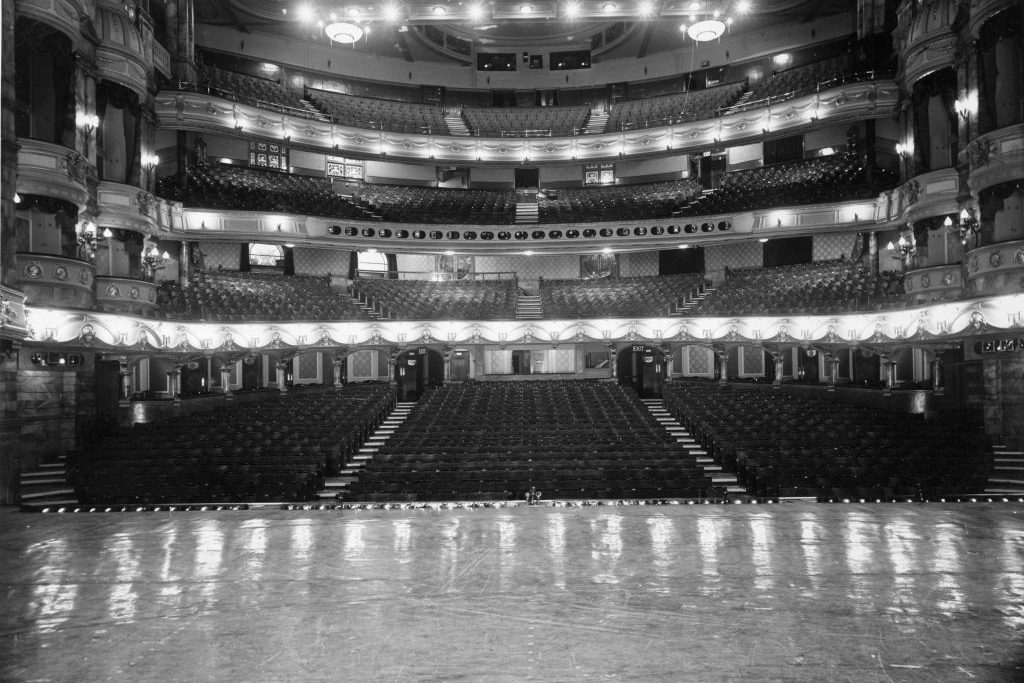

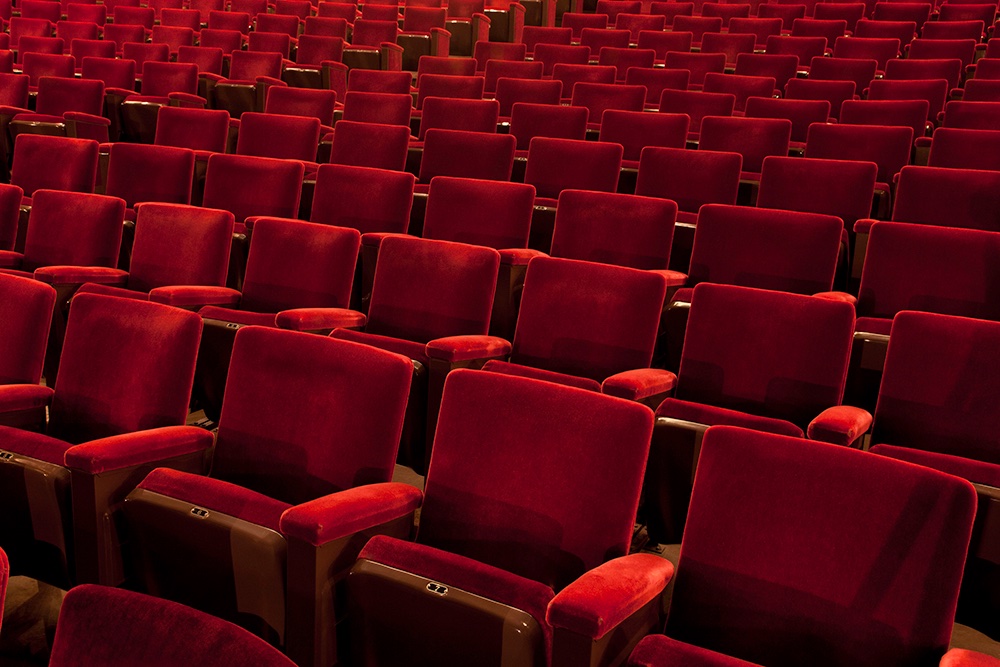








Leave a Reply